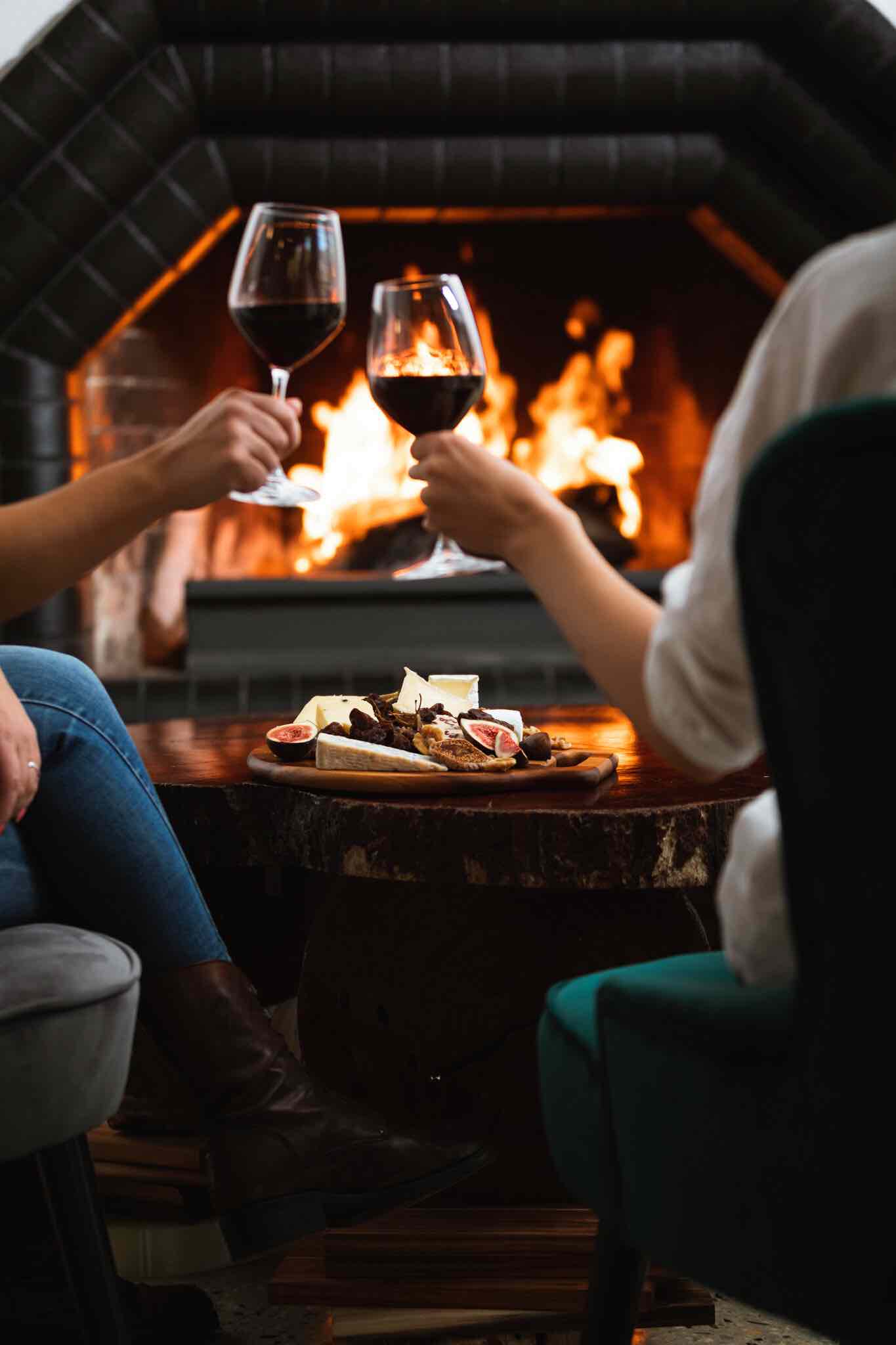
By The Fireside
You don’t have to be a Boy Scout to make a good fire in your fireplace. You just have to use a tried and trusted method.
Let us assume that you’ve had your chimney inspected and cleaned so that there’s no build-up of flammable creosote to worry about and you have taken the old ashes to your compost pile and your fireplace is now clean and ready to begin.
Firstly, look up your chimney to make sure the damper is open. A ‘throat damper’ is located at the bottom of the chimney and will open with a lever. If you have a ‘top damper,’ which is located at the top of the chimney (obviously), then you will be able to open it by pulling a chain or cable.
Ensure you have already cleared the hearth of anything flammable. Now crumple 2 or 3 sheets of newspaper and put them in your fireplace grate. The fireplace grate enables your fire to pull in the air it needs to keep a good draft going up the chimney. Put a good handful of kindling strips on top of the paper. On top of the kindling, criss-cross 8 or 10 dry pieces of hardwood. These pieces need to be larger than kindling but not as big as logs.
The next step is very important. Crumple two more sheets of newspaper and light them, holding them up inside the fireplace to warm the flue and establish an upward flow of air.
Then light the paper in your fireplace grate from each end. When the paper lights the kindling, and the kindling lights the hardwood, it’s time to add 2 or 3 logs.
Place the logs toward the rear of the fireplace so it will reflect heat into the room as it burns. As the fire gets established, you can add more logs. Place your fireplace screen or spark guard in front of your fire to protect your family and home from stray sparks, loose logs or even log fragments that may fall out of the fire.
With practice, you will use just enough logs so that the fire burns down to glowing embers by bedtime. It is ok to leave a fire burning out during the night but please make sure a fireplace screen is standing guard over your fireplace just in case.
Remember to use just enough softwood for kindling to get the fire going. Commercial fire starters can take the place of kindling. For logs, use dry hardwood (oak, maple, cherry, hickory or olive). The ideal firewood has dried for about one year. Don’t burn plastics or paper with colour printing, such as magazine pages or gift wrap, because they may give off toxins. And finally, no matter what, never use flammable liquids in your fireplace. A well lit fire will add a warmth and cosiness to any room. Be safe and sensible and your fire will be enjoyed by all during the winter months.